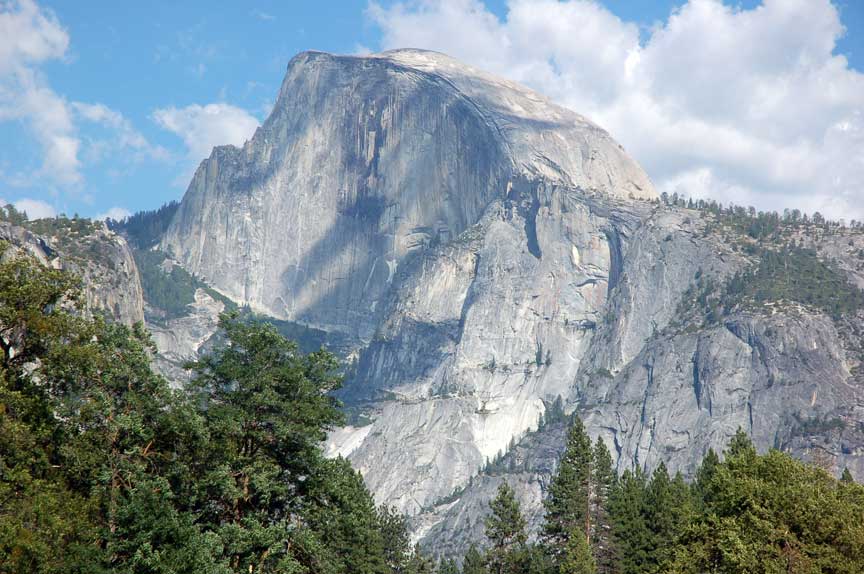The National Conservation Commission

The National Conservation Commission was an outgrowth of a very successful White House Conference on Conservation. The Commission received the full backing of President Roosevelt. The President was fully committed to the concept of preserving the environment.
President Roosevelt was an avid conservationist, and he believed firmly that the resources of the nation needed to be preserved for future generations. He created by executive order the countries first wildlife preserves. Roosevelt persuaded Congress to establish an Inland Waterways Commission. On May 13-15, 1908 Roosevelt hosted the nations governors at the White House Conference on Conservation. The purpose of the conference was to discuss the national responsibility to engage in conservation.
Roosevelt’s address was entitled “Conservation as a National Duty” In the speech Roosevelt said:
This Conference on the conservation of natural resources is in effect a meeting of the representatives of all the people of the United States called to consider the weightiest problem now before the Nation; and the occasion for the meeting lies in the fact that the natural resources of our country are in danger of exhaustion if we permit the old wasteful methods of exploiting them longer to continue.
With the rise of peoples from savagery to civilization, and with the consequent growth in the extent and variety of the needs of the average man, there comes a steadily increasing growth of the amount demanded by this average man from the actual resources of the country. And yet, rather curiously, at the same time that there comes that increase in what the average man demands from the resources, he is apt to grow to lose the sense of his dependence upon nature. He lives in big cities. He deals in industries that do not bring him in close touch with nature. He does not realize the demands he is making upon nature. For instance, he finds, as he has found before in many parts of this country, that it is cheaper to build his house of concrete than of wood, learning in this way only that he has allowed the woods to become exhausted. That is happening, as you know, in parts of this country at this very time.
Beyond the governors, Andrew Carnegie and James J Hill spoke. The conference is considered a landmark moment in the conservation movement bringing forth to American people for the first time the issue in a serious way.
As a result of the Conference, the National Conservation Commission was created. Roosevelt created it on June 8, 1908, and appointed both members of Congress and representatives of the executive agencies. It produced a three volumes report in four sections, water, forests, lands, and minerals. The report was submitted to Congress at the beginning of 1909 and served as a basis of American conservation policy in the coming years.
 >
>